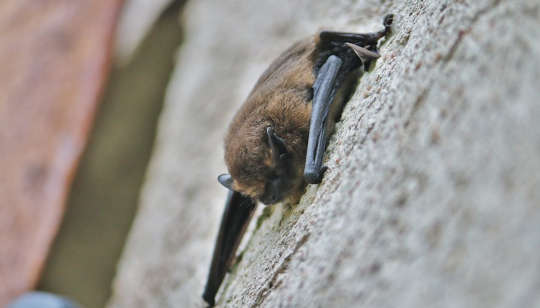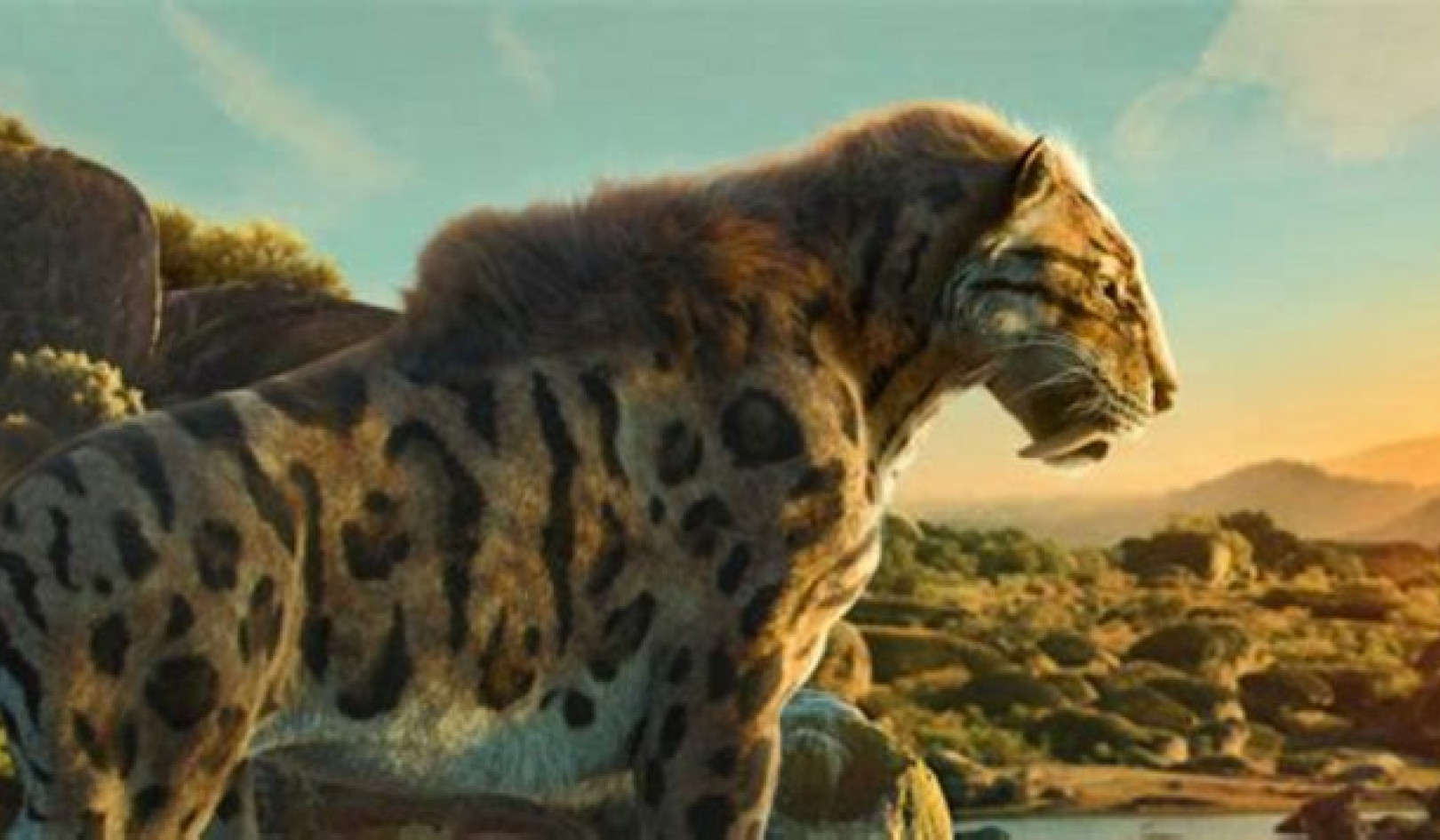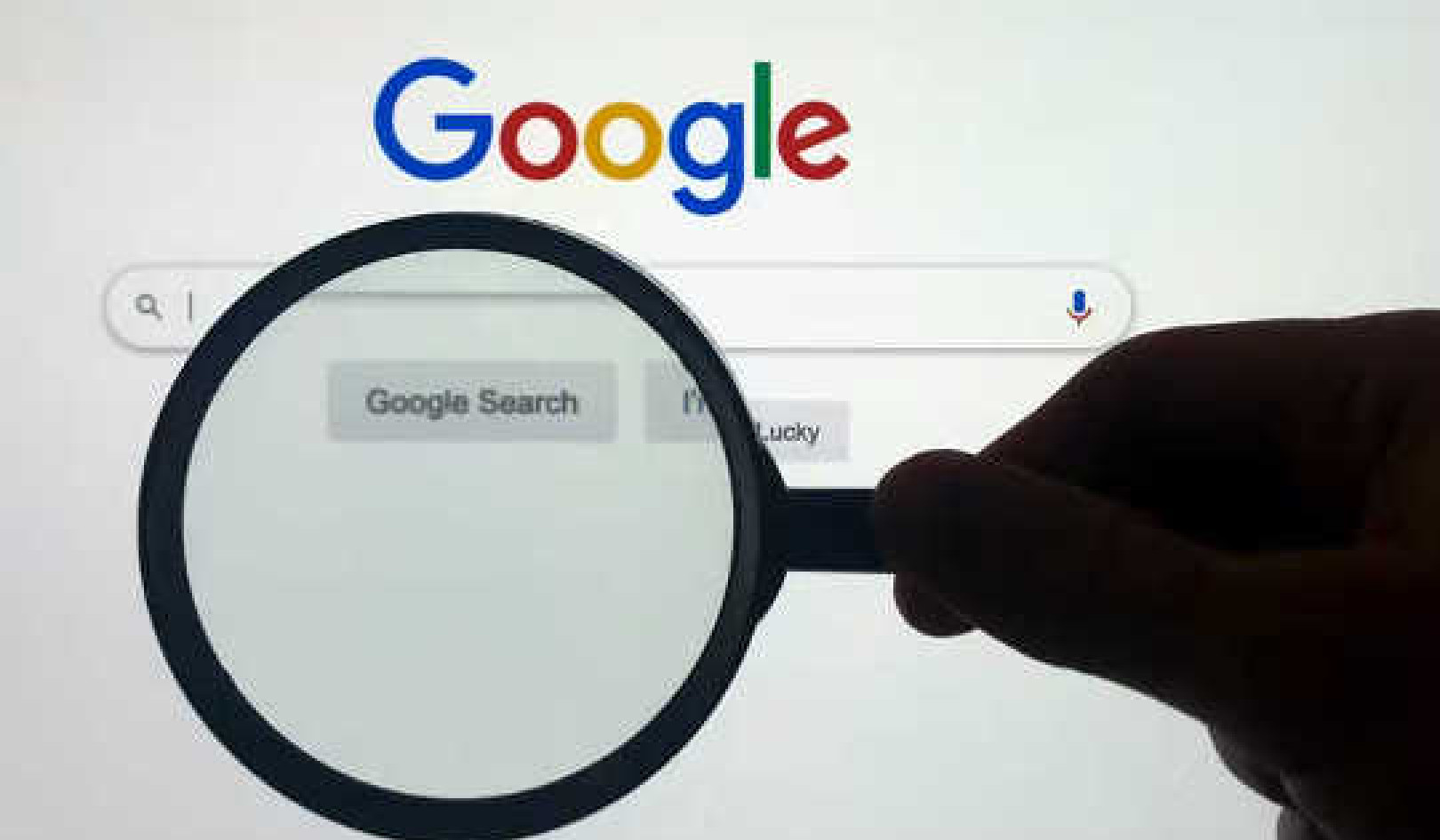 Bat nap. FBG_Paris/Flickr, CC BY-NC-ND
Bat nap. FBG_Paris/Flickr, CC BY-NC-ND
The grand finale of the BBC’s Planet Earth II showcased the ingenious strategies that some animals use to thrive in urban environments. Though impressive, these species are in the minority. As the number of people living in cities around the world continues to rise, we should really be turning our attention to those animals that find city living too hard to handle.
Urbanisation represents the most extreme form of habitat loss for most plants and animals. As towns and cities grow, human beings live together in higher densities, and natural habitat is removed and replaced with hard, impermeable structures such as roads and buildings. Harmful pollution increases, as does the noise from industry and traffic, the amount of artificial lighting and the number of introduced predators such as cats.
As remaining pockets of natural or semi-natural habitat (such as remnant native habitat or man-made parks) become more isolated, city-dwelling animals are prevented from venturing out to look for food, resting places or mates, or may risk dying in the attempt. All together, these changes make cities impossible places for many species to live in.
Life in the urban jungle
Typically, we find a lower variety of plants and animals in more built-up areas; and this applies to all groups of wildlife. In a recent global study, researchers estimated that cities accommodate only 8% of the bird species and 25% of the plants that would have lived in those areas prior to urban development. As a vertebrate’s territory becomes more urban, it’s also more likely to be threatened with extinction. In fact, it’s estimated that urban development is responsible for the listing of 420 vertebrate species around the planet as threatened.
It’s the generalist, opportunistic species such as foxes and rats – and, as we see on the programme, some monkeys – which can adapt to a wide variety of environmental conditions. By contrast, creatures that require large areas to source enough food, have specialist habitats or dietary requirements, or those with narrow geographic ranges tend to fare poorly during urban development.
In 2011, the Center for Biological Diversity released a list of ten US species facing extinction as a result of human population growth. Several of these have been directly affected by urban development; including the Florida panther and the Mississippi gopher frog, and the Lange’s metalmark butterfly. There are only 150 of these butterflies left in the world, living in a small coastal refuge in California which, incidentally, is also home to the last natural populations of a number of wildflower species including the Antioch Dunes evening primrose and Contra Costa wallflower.
Bats are another group of animals that frequently lose out from urbanisation. This is partly because many species are reliant on forests for their food and roosting spots. Yet even bats which we often see in cities can find it difficult to cope with the most built-up areas.
For example, the common pipistrelle is widespread throughout Europe – it can often be spotted roosting in buildings and flying around urban parks. But research at the University of Stirling, using citizen science as part of the Bat Conservation Trust’s National Bat Monitoring Programme, found that this bat was far less likely to be recorded in densely built-up areas, compared to less built-up ones.
Growing greener cities
About half the world’s human population currently live in urban areas, which cover about 3% of the earth’s land surface. Both of these figures are increasing rapidly. At the same time, urban areas are likely to spread fastest in some of the most biologically diverse areas of the world, including parts of Africa and Asia, which will place even more species at risk. For example, one of the areas predicted to undergo the fastest levels of urban development is Africa’s Eastern Afromontane, home to an astonishing array of plants and animals that do not exist anywhere else. Several species of giraffe, which were recently listed as threatened, are also found in this area.
Losing a species to extinction is not just a tragedy for the animal kingdom. Humans rely on biological diversity for a huge array of “services”, which they provide us with; whether directly for food or timber, or indirectly, through nutrient cycling, pollination and the provision of clean water and air.
Yet the situation is not entirely hopeless. There are many courses of action we can take, as individuals on a local level, and as a society by developing sustainable strategies for urban planning. Many studies show that maintaining and expanding green spaces in cities (including gardens) assists with wildlife conservation and enhances human health and well-being. And green roofs and walls can provide habitats for wildlife and reduce the impact of the urban heat island, as well as absorbing rainwater and improving building insulation.
While it’s incredible to see hyenas living in harmony with humans, falcons soaring between skyscrapers and monkeys leaping through the urban jungle, we must also spare a thought for those species which can’t handle city living. As urban environments continue to expand and develop around the world, it’s worth remembering this: if we can make cities more habitable for wildlife, then we humans will benefit too.
![]()
About The Author
Kirsty Park, Professor in Conservation Ecology, University of Stirling
This article was originally published on The Conversation. Read the original article.
Related Books:
at InnerSelf Market and Amazon























